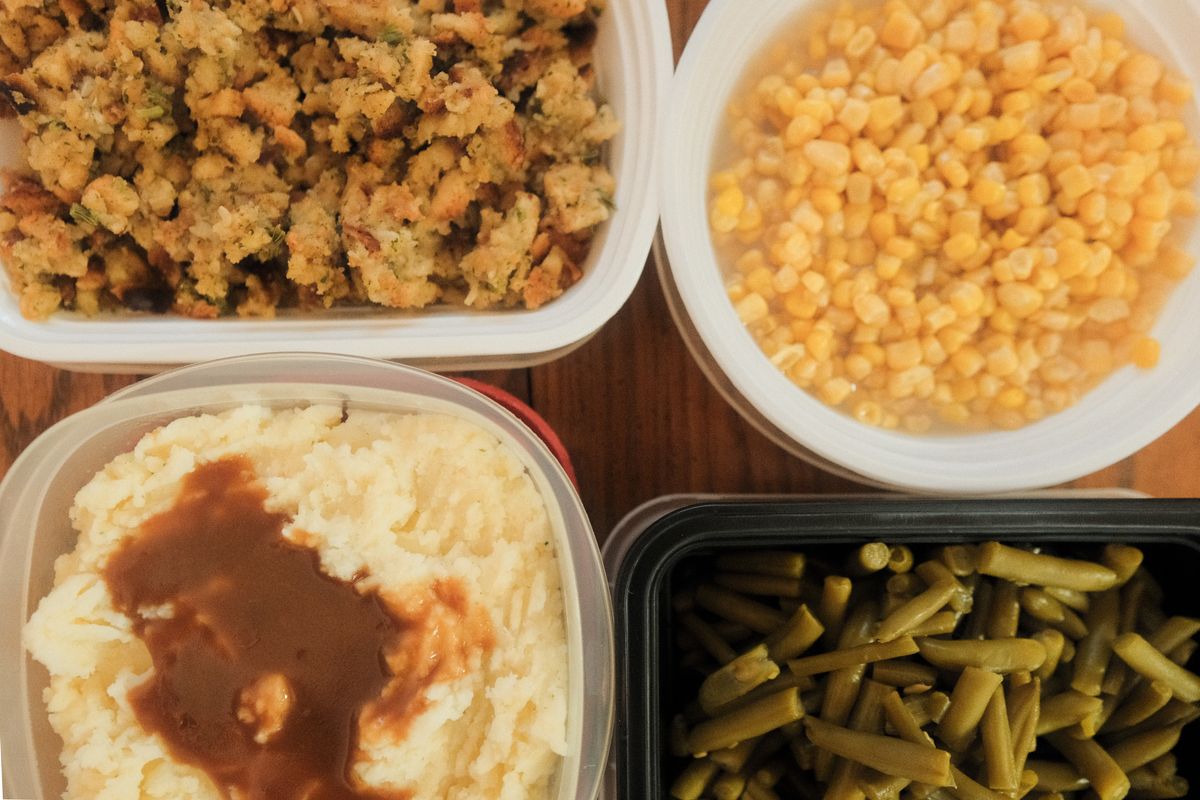Many states and communities are still deciding how to safely manage Halloween celebrations such as trick-or-treating.
Henry F. Raymond, an associate professor and epidemiologist at the Rutgers School of Public Health, says barring a spike of the virus, it is possible to do door-to-door trick-or-treating as long as families take precautions, such as wearing masks, keeping groups small, maintaining six feet of distance between other families and washing and sanitizing hands.
“I never thought as an epidemiologist I would think about trick-or-treating as a potential hazard,” he says. “Although we know outdoor activities are less risky, you are still going door to door. That maximizes your possible exposure. You’re also putting people in their houses handing out candy at risk. I would advise people who feel like it’s risky for them to open their doors and hand out candy to seriously consider turning their light out. The people getting the most potential exposure are the people opening their doors. That one person is opening their door to hundreds of kids.”
Along the continuum of risk, indoor parties pose a significant health risk, while trunk-or-treating events less so, he says.


